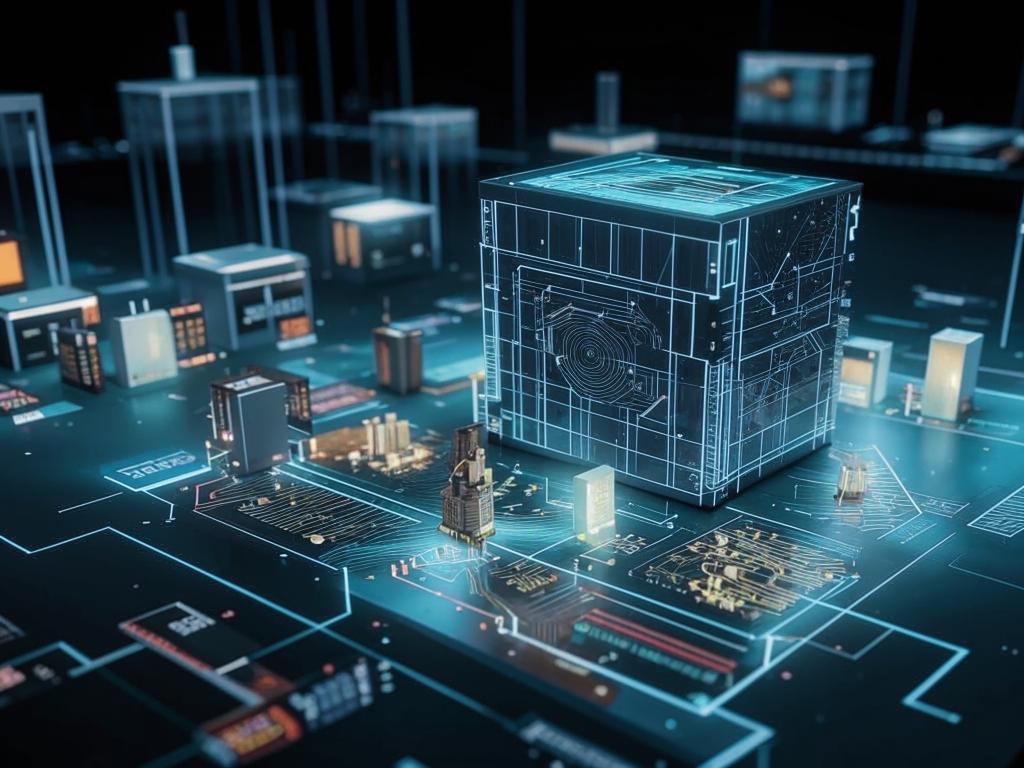Understanding the 1:1 Peg in Tokenized Real-World Assets
The cryptocurrency industry is witnessing significant growth in real-world asset (RWA) tokenization. This innovative process creates digital tokens representing ownership of physical assets like real estate or collectibles. A critical challenge for issuers involves maintaining a precise 1:1 peg between tokens and their underlying assets – a complex issue extending beyond technological solutions.
The Legal and Financial Foundations of RWA Tokenization
Adam Levi, co-founder of Backed, explains that trust in tokenized equities depends more on legal and financial structures than technology alone. Proper regulation of issuance and redemption mechanisms, along with enforceable commitments under strong frameworks, forms the foundation of investor confidence in these products.
Challenges in Tokenizing Physical Assets
According to Alan Konevsky of TZero, tokenizing physical assets currently requires traditional market intermediaries. Unlike purely financial instruments, these tangible assets present unique complexities that prevent full automation of the tokenization process.
Enhancing Transparency with Data-Rich RWA Tokens
Ross Shemeliak, co-founder of Stobox, advocates for data-rich RWA tokens that incorporate detailed asset information directly on the blockchain. This approach improves transparency by including current valuations, legal status, and other critical data points within the token structure.
Global Leaders in Tokenization Jurisdictions
Research highlights the British Virgin Islands, Wyoming, Liechtenstein, Singapore, and the Marshall Islands as leading jurisdictions for tokenization deals. Despite their advanced regulatory environments, Singapore and Luxembourg remain surprisingly underutilized, suggesting untapped potential in these markets.

